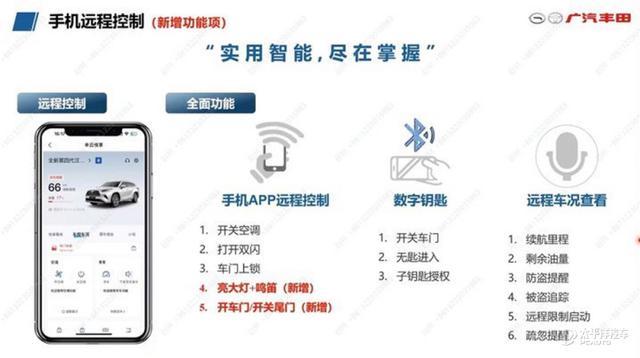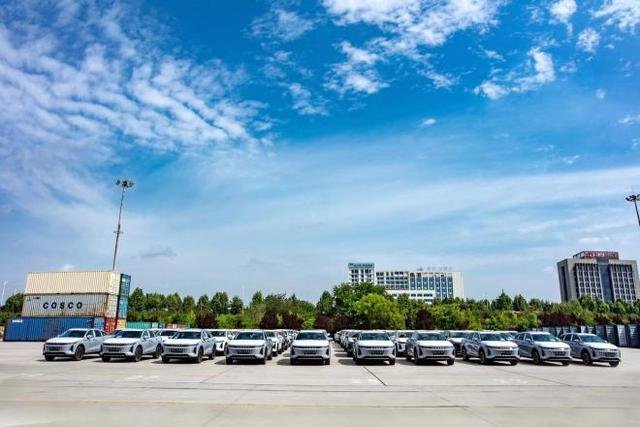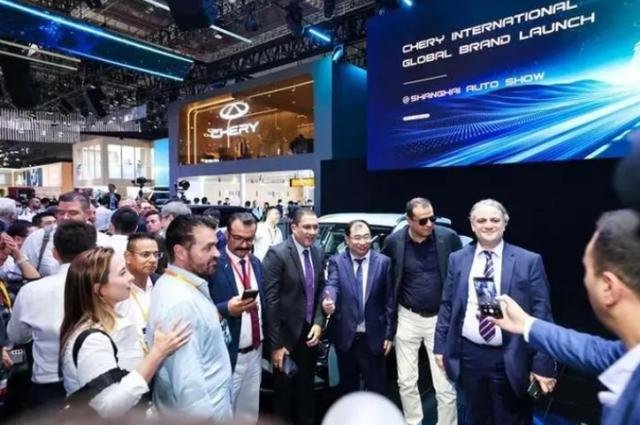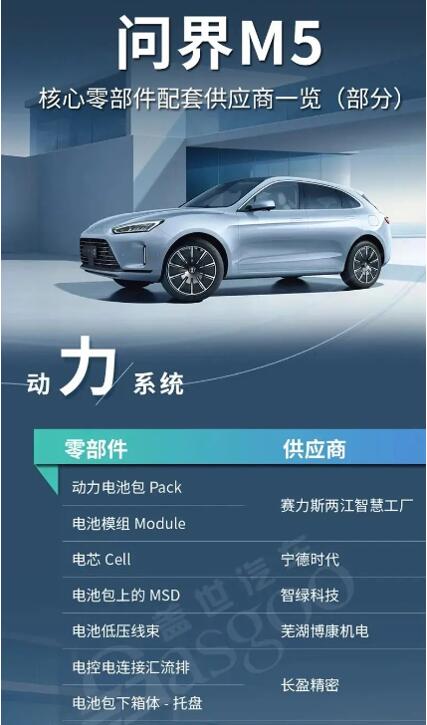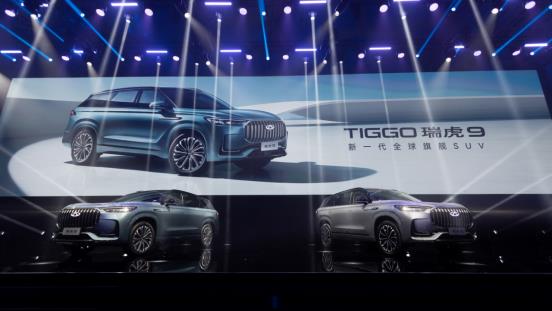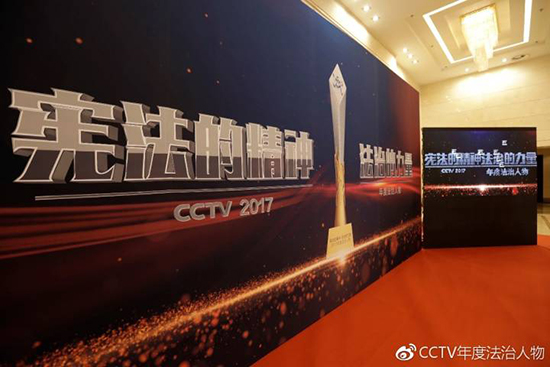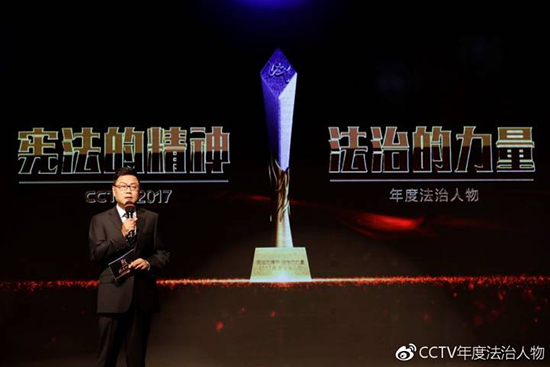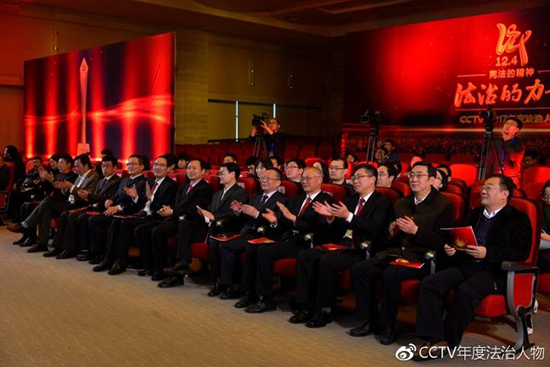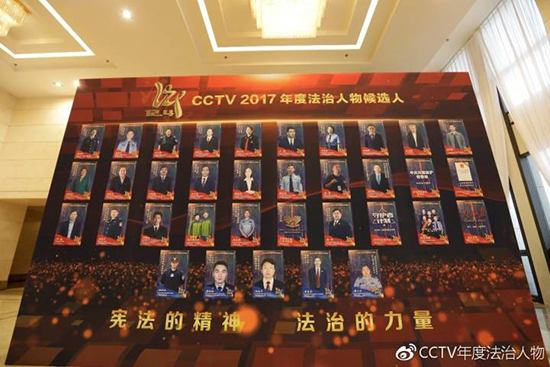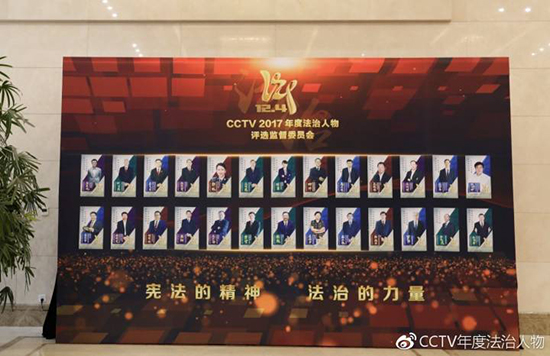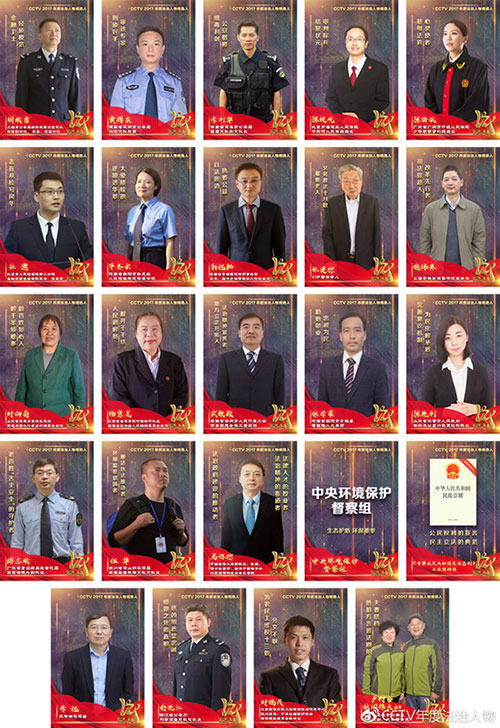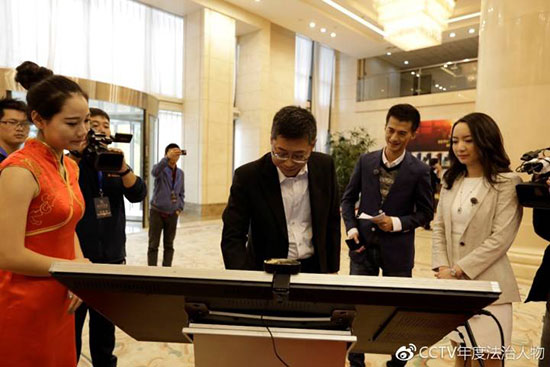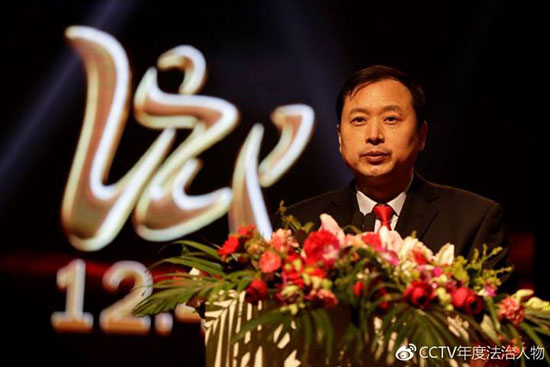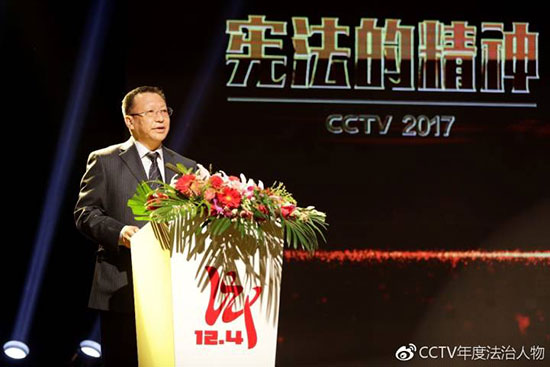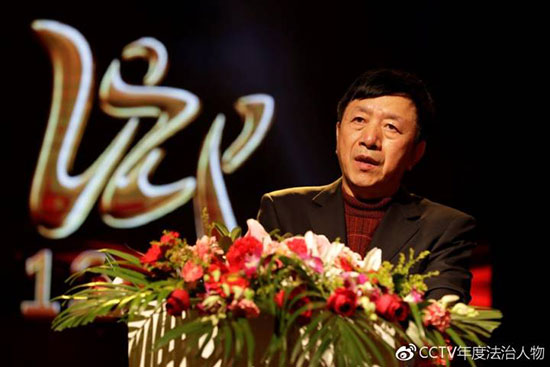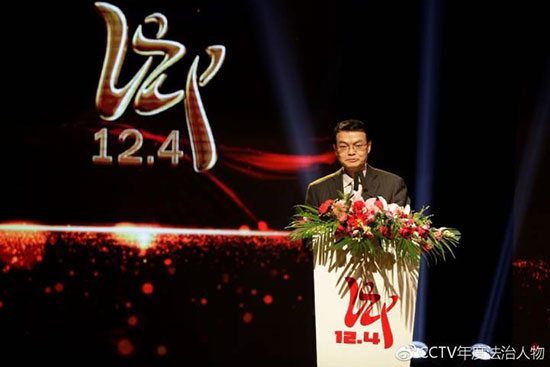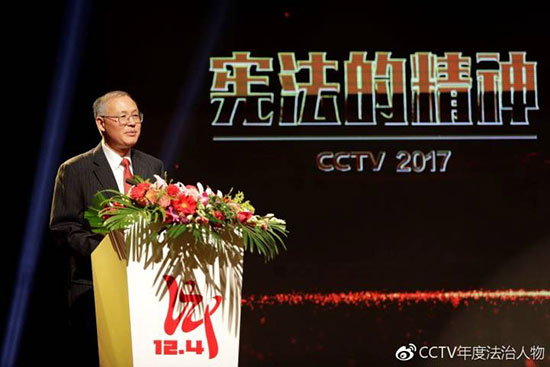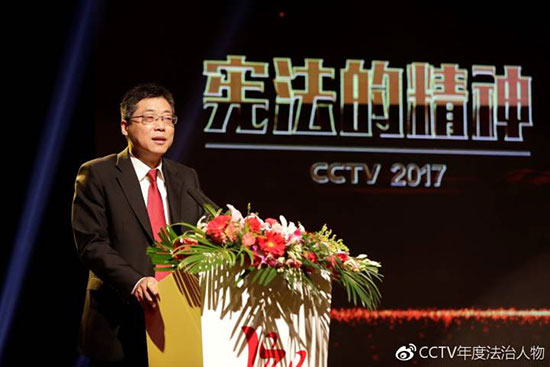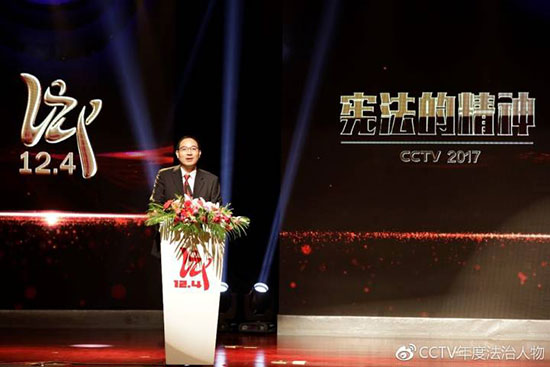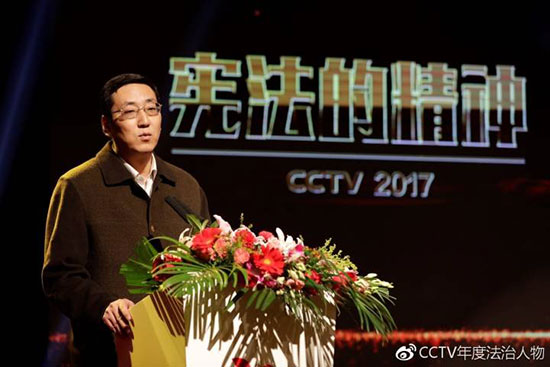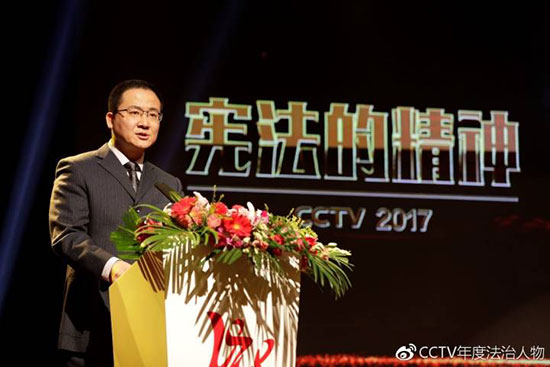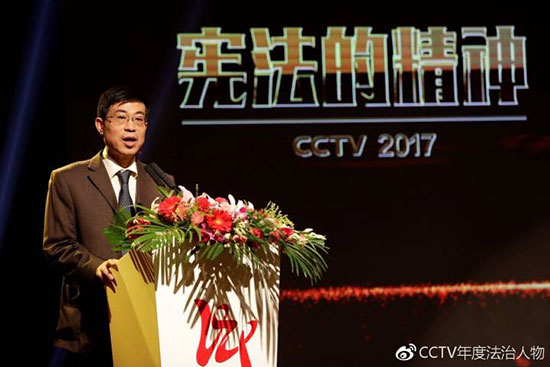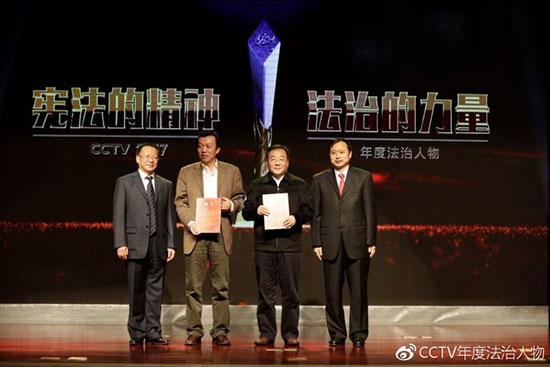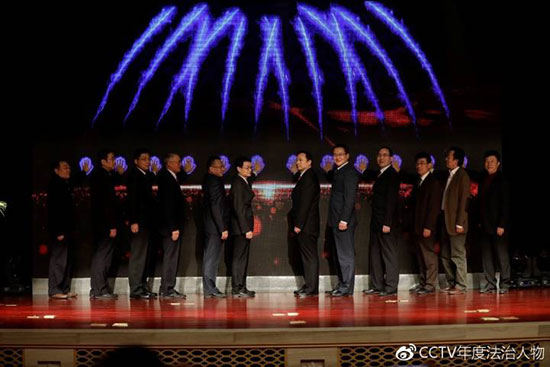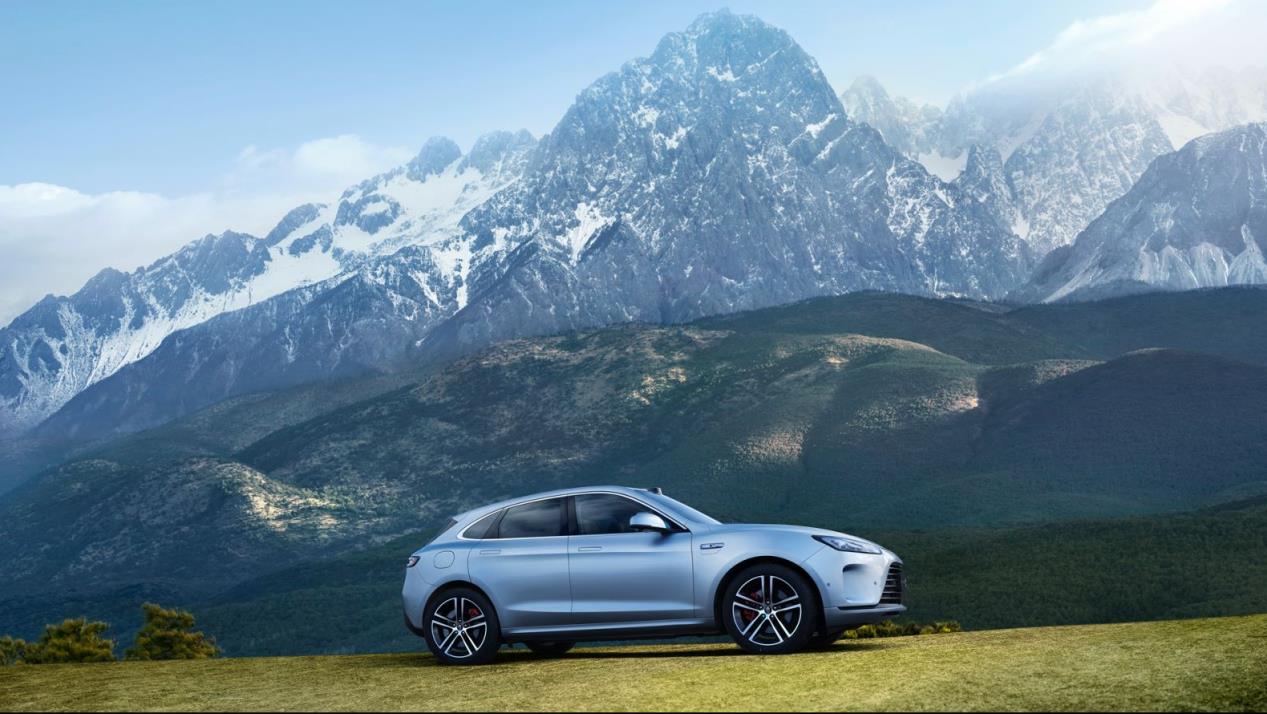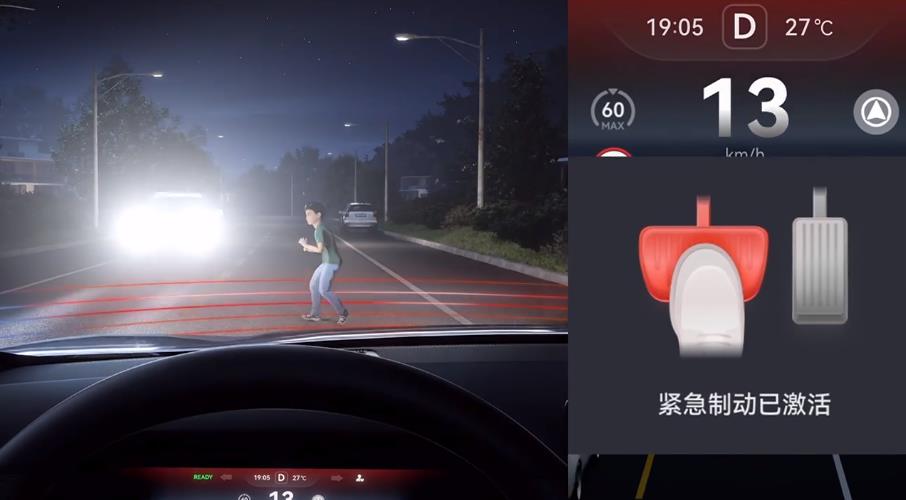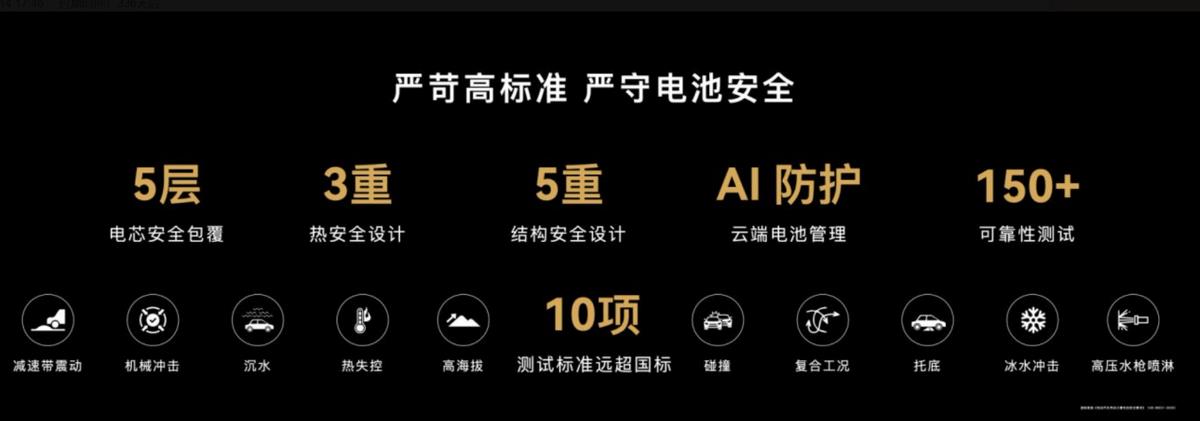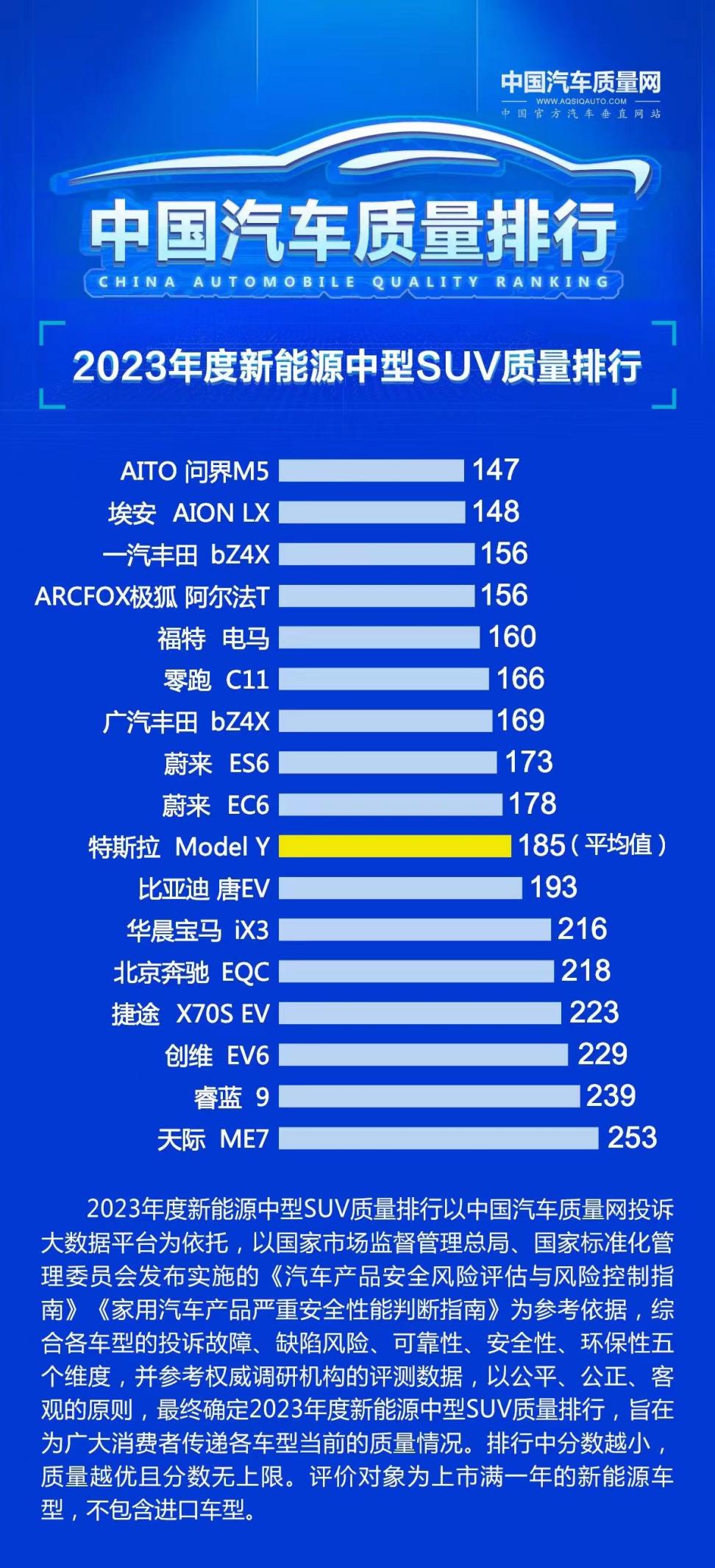Aiming at new productivity and building a super R & D center
Correspondent, Jianxuan, Zhu Dianping
Jinling Evening News/Zijinshan News reporter
Yin Xuebing Ling Yun
On the morning of May 19, Xiaomi Nanjing Science and Technology Park was officially opened at Xiaomi Group’s East China headquarters in Jianye District. It will become one of Xiaomi’s most important software research and development centers outside the Beijing headquarters. This move not only marks a new level for Xiaomi Group’s innovation platform in East China, but also adds strong momentum to the development of Nanjing’s digital economy industry.
Taste "millet porridge" again and start a new journey together
At 9:58 in the morning, with the sound of gongs and drums, Xiaomi Nanjing Science and Technology Park officially opened. In the square in front of the gate, nearly 200 Xiaomi employees dressed uniformly, waved support sticks in their hands, and laughed one after another, welcoming the "new home" moment that belongs to the Nanjing Xiaomi team.
Walking into Xiaomi Nanjing Science and Technology Park, the garden-like layout of the park is hidden by green trees, and the geometric aesthetic "back" shaped glass building is brand new and bright. According to the official plan, the Xiaomi Group East China Headquarters project is divided into three phases, with a total construction area of 365,000 square meters, including scientific research and design offices, talent apartments and related supporting facilities. The first phase of the project was completed and opened about 164,000 square meters, and more than 2,600 employees in the early stage were all in place on May 6.
Xiaomi Nanjing Science and Technology Park is affiliated to the Xiaomi Group East China Headquarters project and is positioned as "Xiaomi Group Software R & D Center and Talent Base". It is one of the most important software R & D centers of Xiaomi. It has been selected for major planned development projects in Jiangsu Province and key projects of Nanjing Famous Enterprise Settling Plan. Xiaomi Group East China Headquarters is mainly responsible for the development of operating systems and software. Together with Xiaomi Wuhan Headquarters, it jointly supports the overall technology research and development work of Xiaomi Beijing Headquarters.
At the event site, the "Xiaomo" service specialist of Jianye High-tech Zone presented the company with an exclusive "golden key" printed with the Xiaomi logo, which will serve the development of enterprises and project construction with great efforts, and support the development of Xiaomi Group’s East China headquarters with more practical measures. Together, we will write a new future of high-quality development.
In April 2010, under the leadership of Lei Jun, the start-up team drank a bowl of millet porridge, which started Xiaomi’s legendary development; in just 9 years, it became the youngest world’s top 500. At the opening ceremony of Xiaomi Nanjing Science and Technology Park that day, Lei Jun, founder, chairperson and CEO of Xiaomi Group, once again invited the guests to drink "millet porridge" to jointly start Xiaomi Group’s new journey in East China.
"I was very excited when I visited the Nanjing park. I would like to thank the relevant departments of Nanjing and Jianye District, as well as the headquarters and Xiaomi students in Nanjing. We have worked together to have this beautiful home. With the support of the municipal party committee and municipal government and the district party committee and district government, Nanjing will become a blessed land for Xiaomi to take off." Lei Jun said in his speech.
70 days on the ground, "Nanjing Efficiency" moved "Xiaomi People"
Why did Xiaomi Group’s East China headquarters choose Nanjing to settle in Jianye? It dates back to August 2017, when the Xiaomi team was first invited to Jianye, Nanjing, to further understand the Nanjing market and explore the possibility of cooperation with Jianye District. "During the visit, Xiaomi saw the basic resources such as Nanjing’s good infrastructure and development environment, as well as the long-term investment value and development prospects of Jianye and the support of the government. It also realized the responsibility of Jianye as the core area of Nanjing, which provided good conditions for Xiaomi’s development in Nanjing." Liang Qiushi, general manager of Xiaomi Group Nanjing, recalled in his opening speech.
Then in October 2017, Xiaomi Group’s East China headquarters project was officially signed and landed in Jianye. What’s more worth mentioning is that it only took 70 days for the two parties to "hold hands" from the first negotiation to the official signing. "The agreement was reached in 70 days, which fully demonstrates the good business environment and high efficiency of Nanjing and Jianye, which makes our company more confident in long-term rooted development!" At the signing ceremony at that time, Lei Jun expressed his high appreciation for the service consciousness and innovative spirit of Nanjing and Jianye.
"Xiaomi, which is young, creative and full of science and technology, and Jianye, which is modern, open and innovative, are very compatible in terms of urban temperament and development concept. Xiaomi’s choice of Nanjing and Jianye is an important strategic move for both parties to superimpose their advantages and win-win cooperation," said the relevant person in charge of Jianye District.
From coordinating the transition carrier of Xiaomi Group in Xincheng Science and Technology Park to fully supporting the completion and implementation of Xiaomi Nanjing Science and Technology Park, Jianye High-tech Zone "accompanies" the development of Xiaomi Group’s East China headquarters throughout the process, keeping an eye on the demands of enterprises, and providing support according to the model of "one main body + one base + a series of policies" to ensure the maximum integration of resources and achieve accurate drip irrigation for industrial development. Since 2017, Xiaomi has established 6 companies in Nanjing, including Beijing Xiaomi Mobile Software Co., Ltd. Nanjing Branch and Nanjing Xiaomi Communication Technology, and gathered a number of ecological chain enterprises.
Demonstration leads, turning Nanjing into a super R & D center
"I am very happy today. The Xiaomi Nanjing Science and Technology Park has opened, and the Xiaomi Engineer Training Camp has officially opened. We will cooperate with universities for this project, so that outstanding Xiaomi engineers can hold technical training in universities, communicate directly with outstanding students, and let students master more practical skills." Lei Jun testified with a picture on Weibo.
It is understood that the East China headquarters of Xiaomi Group, as the software research and development center and talent base of Xiaomi Group, will focus on mobile phone and automotive software development, internet services and other advantageous businesses in the future. In terms of talent training, Xiaomi is working with universities in Jiangsu Province such as China Southern Airlines and Nanjing University of Technology to jointly train students, and cooperate with industry, university and research. Continue to play a leading and exemplary role in helping Nanjing become an innovative economic highland and a smart city.
Lei Jun said that the long-term goal of Xiaomi’s future development is to invest in the underlying technology on a large scale and become a global leader in the new generation of hard core technology. In all Xiaomi products and technology ecosystems, the improvement of software capabilities is particularly important, which is also the mission of Xiaomi Group’s East China headquarters. It is hoped that the development of Xiaomi will be deeply integrated with Nanjing’s industry, closely combined with Nanjing’s industrial advantages, and the Nanjing area will be turned into a super R & D center to effectively support the implementation of the group’s strategic goals and help Nanjing’s new quality productivity development.
The opening of Xiaomi Group’s East China headquarters will undoubtedly bring new changes to the development of the urban economy and industry. On the one hand, the settlement of talents can increase employment and stimulate consumption; on the other hand, the advantage of corporate headquarters has a strong role in driving the radiation of the industry, and the headquarters economy can promote the stability of the industrial chain and supply chain in the region.
The reporter learned that in addition to Xiaomi’s East China headquarters, projects such as Alibaba’s Jiangsu headquarters and Hang Seng Electronics’ Jiangsu headquarters, which are gathered in the southwest of the river, are also being accelerated.
In recent years, Jianye District has focused on the leading industries of "finance + digital economy", gathered more than 95% of the municipal headquarters enterprises in the area, attracted more than 80,000 high-end talents to settle in, and built a number of 10 billion-level emerging industrial clusters such as information software, smart logistics, and digital entertainment.


